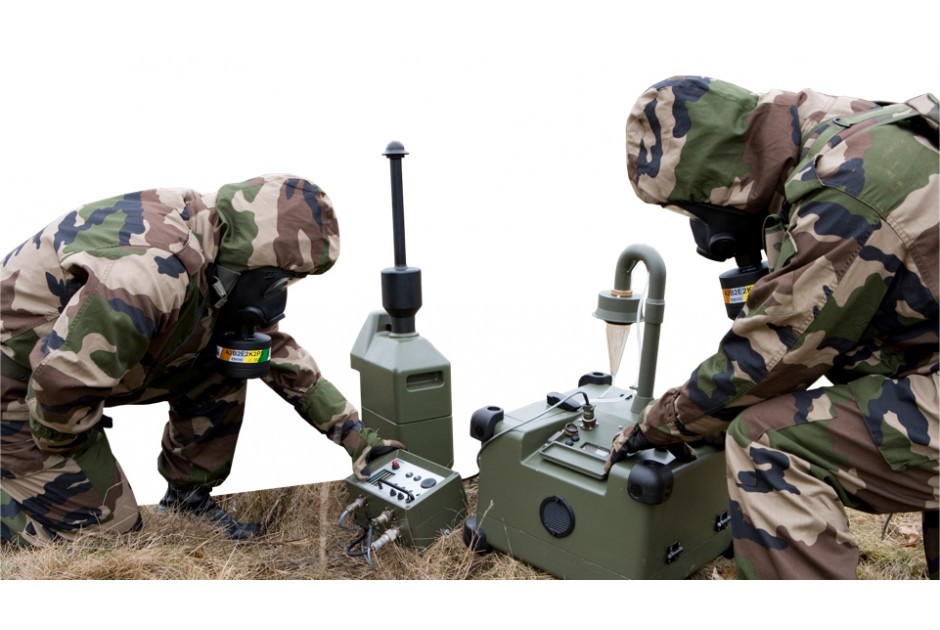Human Factors and Protective Equipment Testing
Military testing in the realm of Human Factors and Protective Equipment (PFPE) is a critical discipline aimed at ensuring that equipment and systems are designed to be both effective and safe for military personnel. The human factor encompasses various aspects, including ergonomics, comfort, visibility, and the overall user experience. This ensures that soldiers can operate their gear effectively under stress and adverse conditions while minimizing risks associated with prolonged use.
The testing of protective equipment in this context is not merely about ensuring physical durability; it also involves assessing how the equipment interacts with the human body in various scenarios. For instance, headgear must provide adequate protection against impact forces without compromising visibility or hearing. Similarly, body armor should be tested for its ability to absorb and distribute energy from ballistic impacts while maintaining mobility.
Another crucial aspect is thermal management. In extreme environments like desert or arctic conditions, the PFPE must maintain a balance between insulation and breathability. This ensures that soldiers remain comfortable and can perform their tasks without unnecessary distractions or discomforts. Additionally, the psychological impact of the equipment on the user should be considered; it's important to ensure that gear does not cause claustrophobia or other negative reactions.
To achieve these objectives, specialized testing facilities use a range of tools and methods tailored to military requirements. These can include full-scale simulators designed to replicate real-world combat scenarios, environmental chambers capable of mimicking various climates, and advanced imaging techniques to analyze how the equipment interacts with the human body under stress.
Testing protocols are meticulously defined to align with international standards such as MIL-STDs and ISO specifications. These standards ensure that all tests conducted are consistent and comparable across different manufacturers and countries. Compliance with these standards is essential for ensuring interoperability of military equipment, which can be crucial in a combat environment where seamless coordination between units is vital.
The data collected from these rigorous tests forms the basis for continuous improvement in PFPE design. Engineers use this information to refine materials, improve fit, and enhance functionality, ultimately leading to more effective and safer gear for military personnel.
Applied Standards
| Abridged Standard | Description |
|---|---|
| MIL-STD-1915D | This standard addresses the design and performance requirements for protective headgear issued to personnel in the U.S. military services. |
| ISO 16213:2008 | Provides guidelines for the design, testing, and evaluation of personal protection equipment (PPE) used by workers exposed to risks of falls from height. |
| EN ISO 20471:2015 | Covers the requirements for ballistic-resistant vests worn by law enforcement officers and military personnel to protect against handgun bullets. |
| ASTM F1896-13 | This standard specifies the requirements for helmets used in high-risk environments, including protection against impact and penetration. |
The application of these standards ensures that all testing procedures are consistent and adhere to internationally recognized benchmarks. This consistency is crucial when it comes to ensuring that military personnel receive equipment that meets rigorous safety and performance criteria.
Industry Applications
- Military training exercises: Ensuring protective gear withstands realistic combat scenarios.
- Environmental drills: Testing the thermal insulation properties of clothing in various climates.
- Ergonomics evaluation: Assessing how equipment fits and interacts with the human body over extended periods.
In addition to these applications, military PFPE testing also plays a vital role in the development of new technologies. For example, advancements in materials science have led to the creation of lighter yet more protective helmets, which are critical for enhancing soldiers' performance and safety on the battlefield. Similarly, innovations in thermal management technology can significantly improve soldier comfort during prolonged missions.
The results of PFPE testing directly influence military strategy and tactics. For instance, if a particular type of body armor is found to be too heavy or cumbersome, it may prompt changes in deployment plans or force structure adjustments. Conversely, successful test outcomes can lead to widespread adoption of new equipment, thereby enhancing overall readiness.
Given the high stakes involved, military PFPE testing requires precise and accurate methodologies. The use of advanced technologies such as finite element analysis (FEA) helps simulate real-world conditions accurately, providing valuable insights into potential weaknesses or areas for improvement. Additionally, feedback from end-users—soldiers themselves—is often incorporated into the testing process to ensure that the equipment meets their needs effectively.
International Acceptance and Recognition
The importance of international acceptance in military PFPE testing cannot be overstated. The U.S., Europe, and other major powers must work together to establish harmonized standards and procedures to facilitate interoperability among allies. This collaboration helps ensure that all countries' forces can rely on each other's equipment without unnecessary delays or complications.
One of the key organizations driving this effort is NATO, which has established a series of guidelines and recommendations aimed at standardizing PFPE testing across member nations. These guidelines cover everything from test procedures to acceptance criteria, ensuring that all nations follow similar protocols when evaluating military gear.
The international recognition gained through successful PFPE testing contributes significantly to national pride and prestige. Countries that produce world-class equipment are often seen as leaders in defense technology, which can have positive implications for diplomatic relations and economic growth. Moreover, meeting international standards enhances the reputation of both the manufacturer and the nation as a whole.





